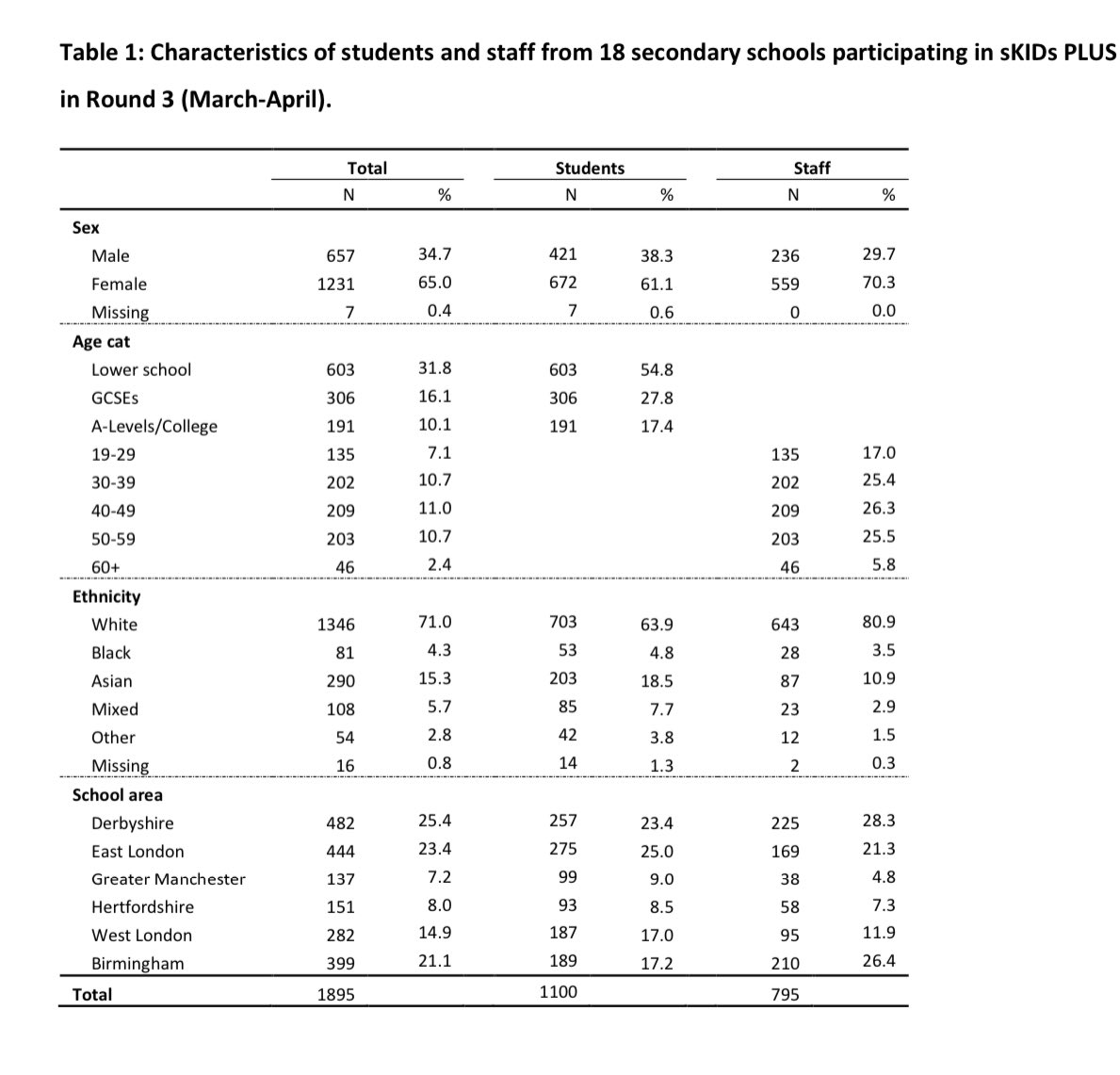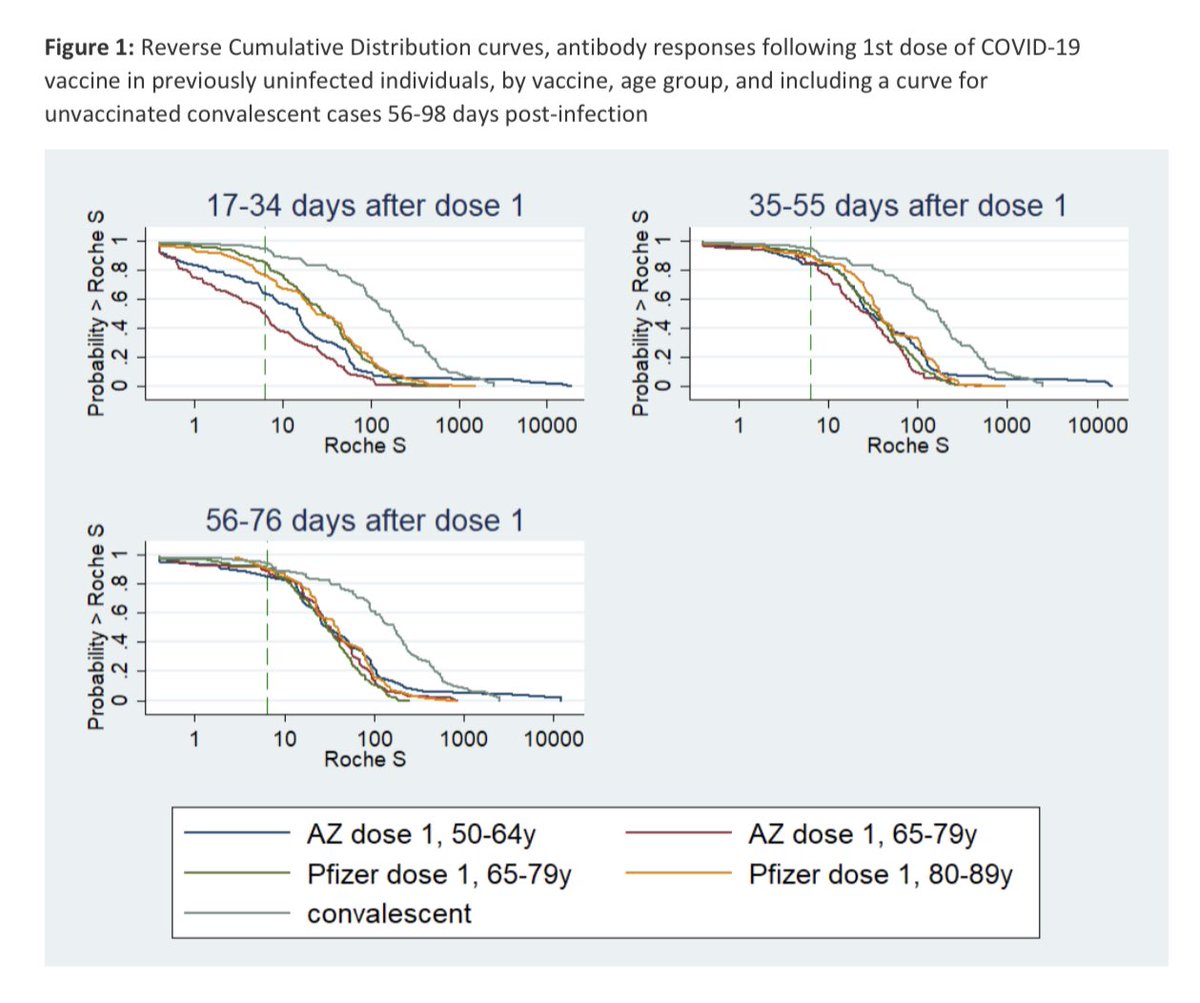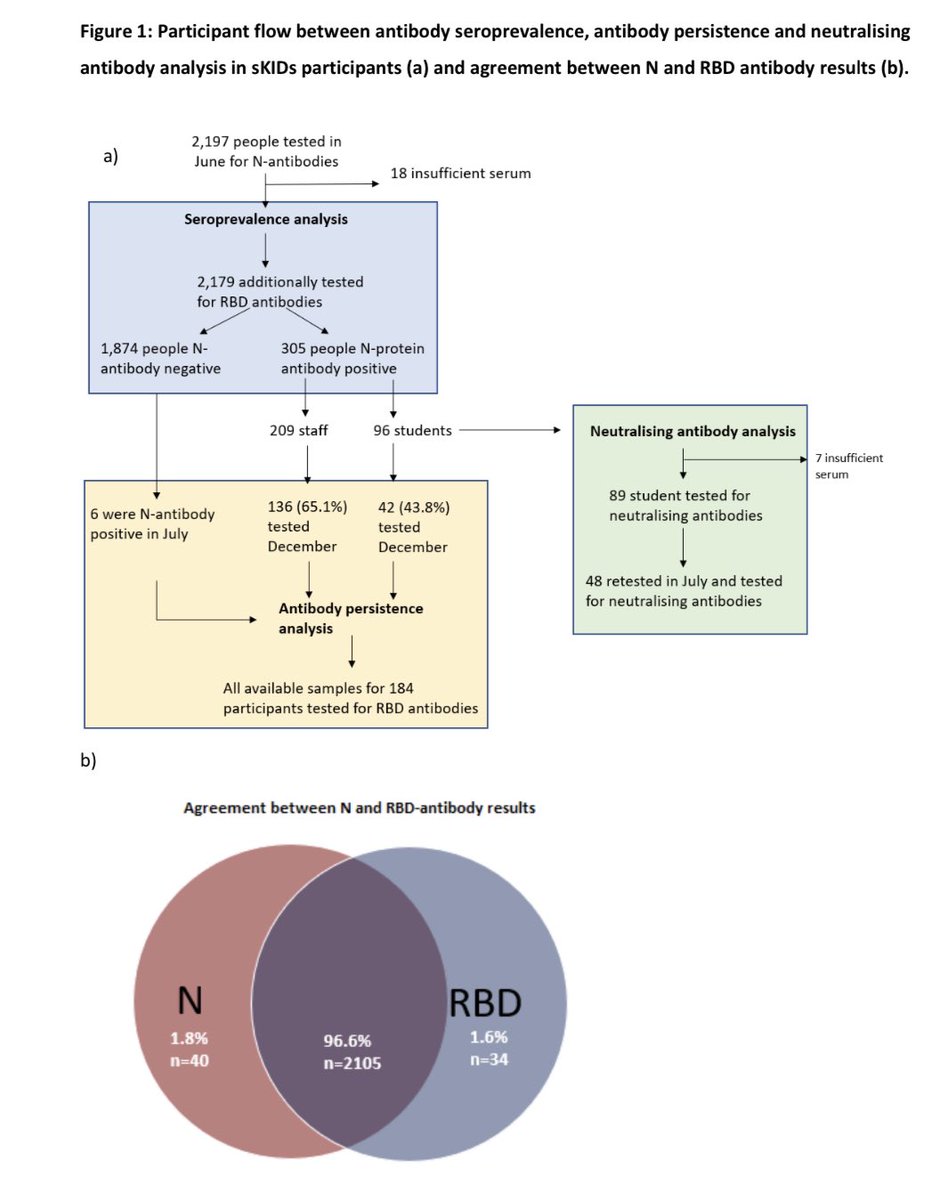
1/ It’s actually headline-grabbing news articles such as this that fuel conspiracy theories
The JCVI did not make a U-turn on vaccinating teens. The JCVI path to vaccinating teens has remained the same & their message has been consistent. Here’s why 🧵
👉thetimes.co.uk/article/when-v…
The JCVI did not make a U-turn on vaccinating teens. The JCVI path to vaccinating teens has remained the same & their message has been consistent. Here’s why 🧵
👉thetimes.co.uk/article/when-v…
2/ On 19 July 2021, JCVI issued advice on COVID-19 vaccination for teenagers
JCVI advised that those aged 12+ years with specific underlying health conditions that put them at risk of serious COVID-19 should be offered COVID-19 vaccination
👉 gov.uk/government/pub…
JCVI advised that those aged 12+ years with specific underlying health conditions that put them at risk of serious COVID-19 should be offered COVID-19 vaccination
👉 gov.uk/government/pub…
3/ For healthy teens, however, JCVI *deferred* the decision, specifically stating “Data on the incidence of these events [myocarditis in teens & young adults] are currently limited, & the longer-term health effects from the myocarditis events reported are not yet well understood”
4/ JCVI has never been against vaccinating kids but raises caution because of rare reports of myocarditis & pericarditis. To reiterate, it was never as much about the low risk of myocarditis that was in question here, but the more about the outcomes of myocarditis in young adults
5/ Myocarditis is no joke. Inflammation of heart muscle can have serious consequences, including permanent scarring. Even if the initial illness is reported as mild, the inflammation can take weeks to heal & we *have* to wait to be certain that there are no long-term problems
6/ As new data continue to emerge, it is becoming clear that most of the myocarditis risk is after the 2nd mRNA vaccine dose and mainly in younger male adolescents & young adults, with very low risk reported in males or females after the 1st dose dose of vaccine.
7/ In the UK, we have limited data on myocarditis risk after 2nd #COVID19 vaccine dose in young adults (18-30 year-olds) because this group is only now going to be eligible for their second dose of #COVID19 vaccine. This information will help guide risk-benefit in younger teens
8/ Therefore, the most logical next step would be to offer 1st vaccine dose to 16 & 17 year-olds, whilst we assess options for 2nd #COVID19 vaccine dose: better data on myocarditis outcomes, lower mRNA vaccine doses, boosting with newer vaccine, etc 👉gov.uk/government/pub…
9/ In conclusion, if it’s not obvious, JCVI is slowly extending #COVID19 vaccination from young adults to 16 & 17 year-olds, using real-time data to monitor vaccine safety, before considering extending vaccination to younger teens with increasingly ⬇️ risk of severe #COVID19
10/ For what it’s worth, my personal opinion is that older adults & healthcare workers across the world deserve to be vaccinated 1st before we consider extending vaccination to younger kids in rich countries ... and yes, it IS taking vaccine doses away from poorer countries
End
End
• • •
Missing some Tweet in this thread? You can try to
force a refresh









